The holiday season is here and it’s that time of the year when everyone is in good cheer. Hundreds of thousands of people are traveling and holidaying with their families, loved ones and friends right now, while others are still making last-minute vacation plans and searching for good travel deals. It can be fun sometimes, when you actually end up finding a good deal. It can also be very frustrating too when you have to spend hours and hours on the internet, searching different websites, calling or visiting travel agents around the city, and still can’t manage to find reasonable fares during the year-end peak season. You just end up seeing prices that are twice higher than what you paid before, in some cases a friend or family member have bought air-tickets much cheaper. So, what exactly is going on? Today, I will delve into the covert area of airline fares to help you understand why airlines have so many fares for every seat and why they sell different fares for different passengers, and for this I will consider examples using origins, destinations and routes common to Maldives.
The Art of Yield Management
As an example, let’s say an aircraft with 150 seats is planning to operate a flight from Malé (MLE) to Colombo (CMB). There will be two groups of people — people who are not bothered about what they pay to the airline — they don’t mind paying a hefty sum of money for an airplane seat. Let’s call them “fly-at-any-cost” group. There is also a slightly larger group of travelers who are ultra-price conscious and more flexible on travel dates, but they are willing to fly only if the price is affordable. Let’s call them “fly-if-the-price-is-good” group.
Now, the challenge the airline faces is that if they set very high fares and managed to secure the “fly-at-any-cost” group, they will certainly earn a significant revenue, but the aircraft will operate with several empty seats (a wasted opportunity for extra revenue). On the other hand, if they secure the “fly-if-the-price-is-good” group by offering lower fares, they will also be giving seats to the “fly-at-any-cost” group for a fare much less than they would have actually paid. This is a tough situation for any airline, while its objective is to generate as much revenue as possible for every seat on the aircraft. While you might expect the airlines to lower their prices a few days before the departure day to occupy the remaining seats, the opposite is true: Selling 20% of the remaining seats for $700 is more profitable than selling half of them for the regular fare of $250. The airline wants to secure both groups, but the buying behavior of both the groups are very different, and in order to accomplish it, the airline goes to extreme lengths by applying yield management strategies that deliberately sets different fares for different passengers to earn the maximum revenue for every flight that’s departing.
Same Seat, Different Fares
Well, first of all, airlines don’t sell “one fare” – they have various types of fares for each seat. Once the airline decides on the type of aircraft equipment they will utilize for the route, then they know the number seats in each travel class. A travel class specifies the quality of class (First, Business, Premium Economy and Economy), a booking class (fare class) refers to the type of ticket and divides every seat on a plane into different categories, each with its unique fare, rules and restrictions. Booking classes are recognized by the letters of the English alphabet and some of them are standard across the airline industry, while others vary depending on the airline. Here are a few fare codes that are the same across all airlines:
Y – Full fare economy class ticket
J – Full fare business class ticket
Another example: Let’s say SriLankan Airlines publishes 11 different return economy class fare levels for flights between Malé and Colombo (Some of them are combinable). These fares start from $255 and all the way up to $763 for Maldivian passport holders. Yes! The highest economy class fare is almost 3 times more than the lowest fare, and no matter which fare you ticket on economy class, you will end up with the exact same seat, the exact same on-board meal and the exact same service.
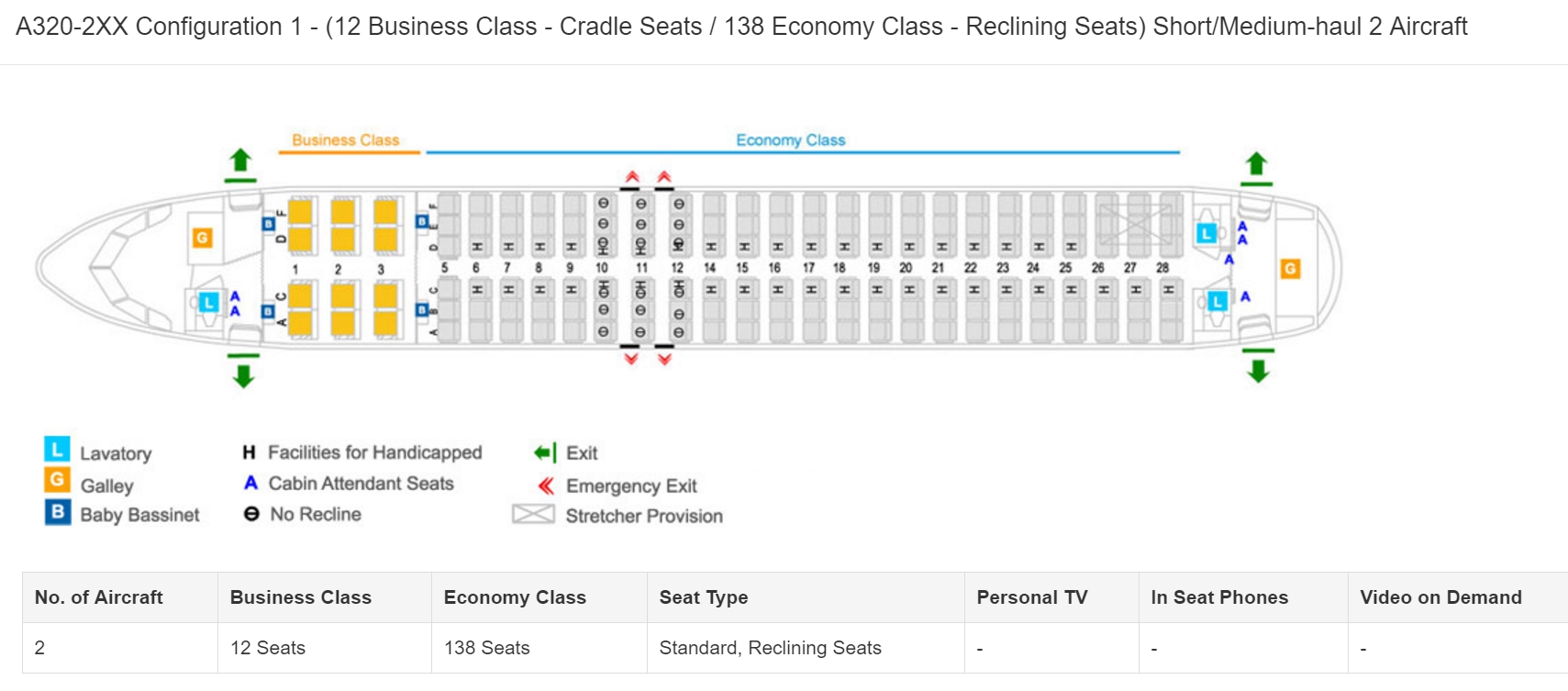
Considering SriLankan Airlines introduce a special fare for a specific sales and travel period, let’s say a Malé – Colombo return economy class fare for $150, you would naturally say “I want that $150 seat” but, of course, it doesn’t come that easy. The airlines aim is to funnel every potential buyer to the “highest fare” they possibly could. They do that by restricting the fare, some of the rules and restrictions used across the airline industry are:
- Advance Purchase – The fare is applicable if purchased 03 days prior your departure date (in some cases, it is 30 days, 14 days or 7 days).
- Minimum Stay – The fare requires you to stay at least 2 nights (a rule that business travelers hate about).
- Departure Day Requirements – Requires you to depart or return on Monday, Thursday or Saturday.
- Flight Number – In some cases, the airline tickets restrict departures on certain flight numbers.
- Maximum Stay – The fare allows you to stay a maximum of 10 days (sometimes 30 days or even more).
- Sales Period and a Travel Period – Often airfare sales promotions sets a specific date range for ticket sales, while the travel period falls within a different date range. This strategy is used to fill flights with low cabin factors.
- Purchase Date – Fare valid for purchase on a fixed date only.
- Blackouts and Embargo Periods – High passenger traffic movements such as Summer Holidays, Chinese New Year, Christmas and New Year season are considered “blackout or embargo” – meaning, the lower fares will be removed during these periods.
- Surcharges – During peak season, some airlines collect a fee called “surcharge”; also the fuel surcharges are added or increased when the oil prices jump up.
You have to also understand that, even if a fare is offered on a certain flight, the airlines will restrict the number of available seats on that specific fare level. For example, SriLankan Airlines may place 15 seats on a given flight at the $150 fare, 25 seats at the $170 fare, 40 seats at the $185 fare, etc. The more seats booked on a flight, the more fare levels will “close”, the ultimate result will be that the remaining passengers will end up having to pay for higher fares. This is much more advanced in practice. Airlines have employed very sophisticated reservation systems that continuously monitor flights, analyze booking patterns and forecast, and in real-time change the number of available seats available on each fare level. If a flight is booking up faster than expected, an airline may decrease the number of seats available at some of their lowest fare levels, or close all of them. If sales of seats for a particular flight are not sufficient, instantaneously more seats may appear at fare levels that were previously “sold out”.
Why Do Fares Keep Changing
This is exactly why the fares keep changing all the time. If you see a fare today different from that you saw yesterday, it is not because the airline made a conscious decision to increase or decrease their fares — and definitely not directly. It is because the lower fare seats were sold out or closed. For example, if there are 3 $150 seats left on a flight to Colombo and someone takes those seats, the lowest available fare could change to $175. If SriLankan Airlines’ yield management system looks at this booking pattern and says “Wow, bookings are good”, it may close the $175 level, too. Then the fare will appear to “jump” to $193. But what if three days later 2 groups of 5 booked on the flight decide not to fly? The same system might say “Uh-oh, we have a few empty seats now” and open the $150 and $175 fare levels back for sales. This mechanism continues until the departure of the flight.
Bottom Line
People travel from Malé to Colombo for various reasons, there are SriLankan nationals working in the Maldives that are returning home for vacation and others for good upon completion of contract, traders, business travelers attending meetings, students pursuing higher studies, people requiring medical treatment, emergencies, travelers who will depart elsewhere from Colombo, leisure travelers and weekend travelers, and many others. Airlines operating regular flights between Malé and Colombo are required to have fares that cater the demands of the behaviors of these different types of travelers, at the same time maximize their profit.
Please share your questions about fare classes in the comments below!

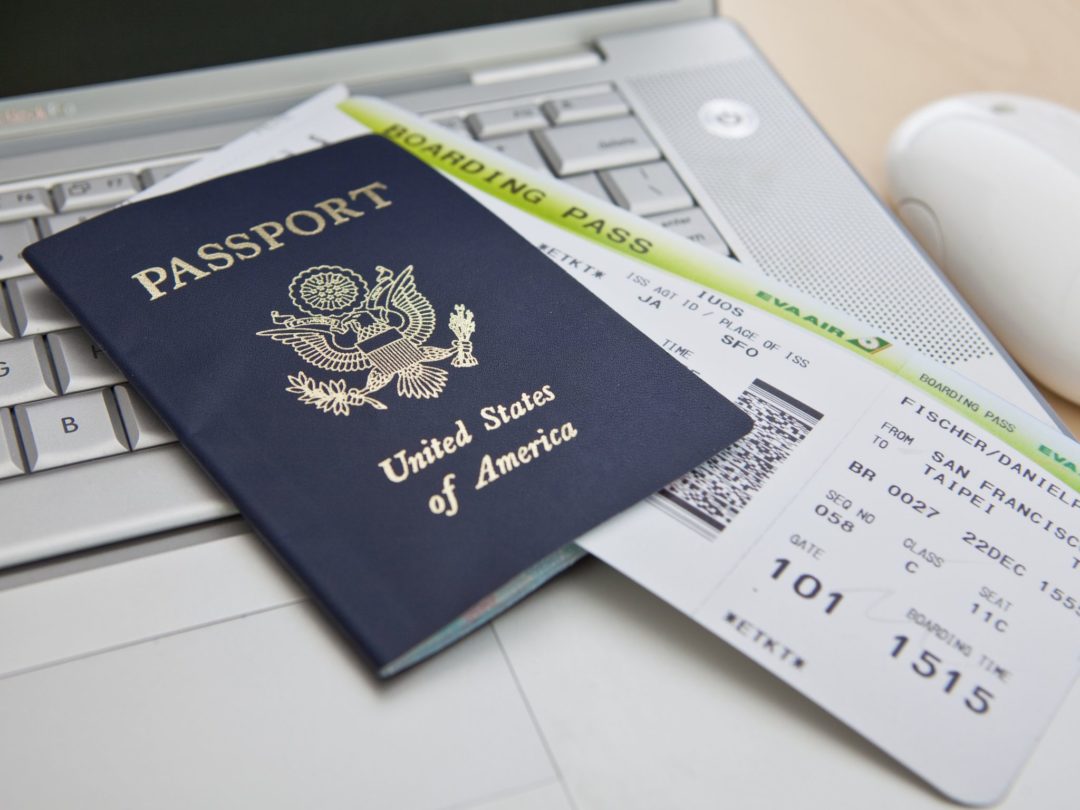
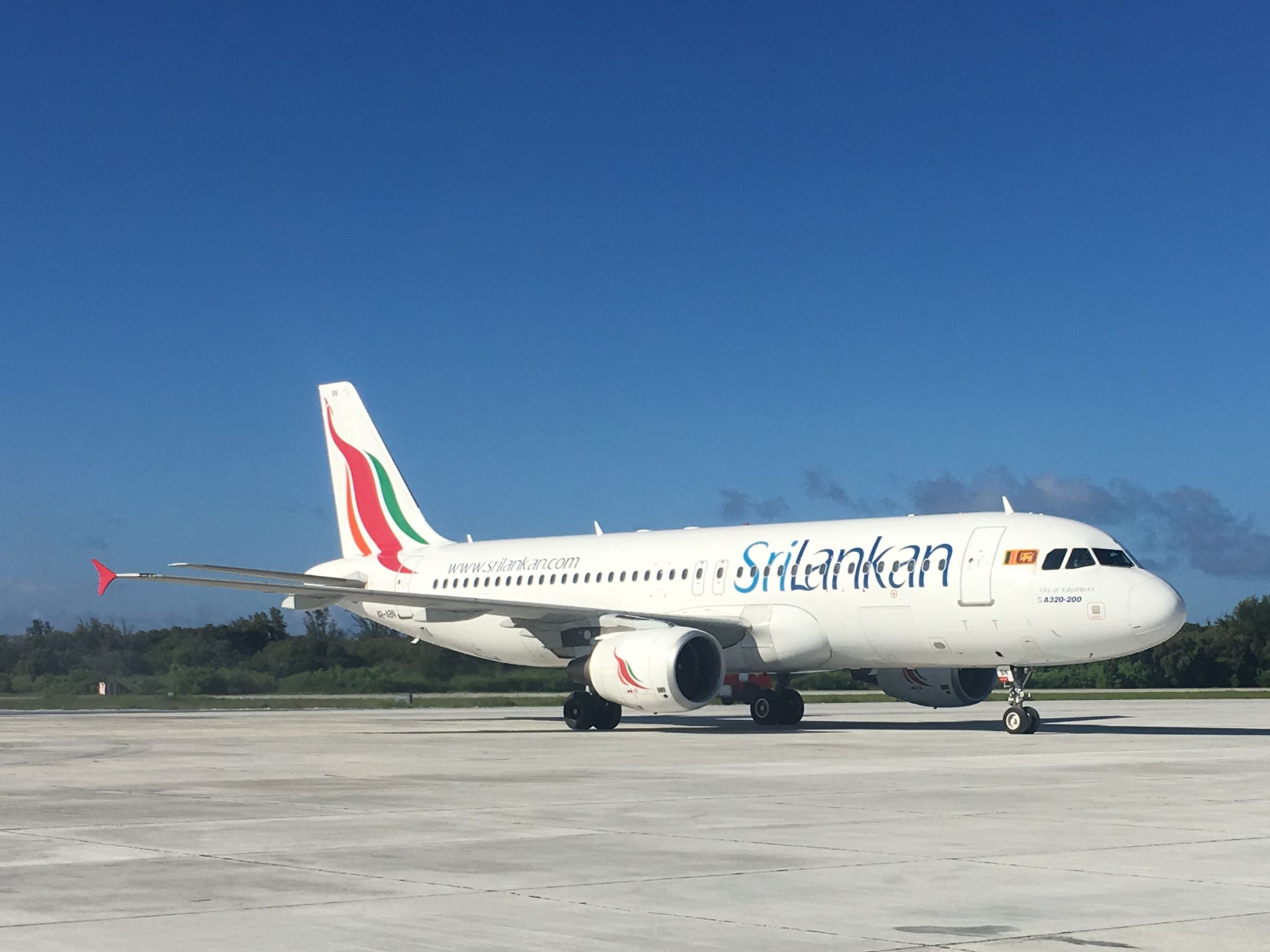
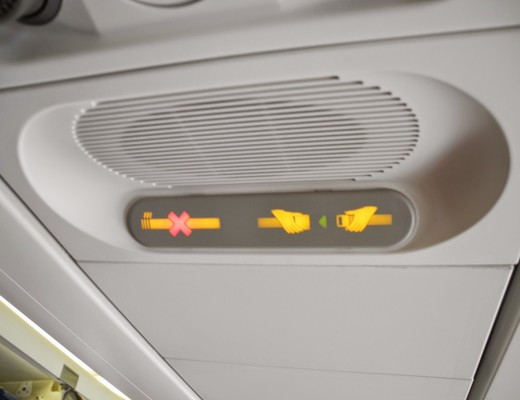

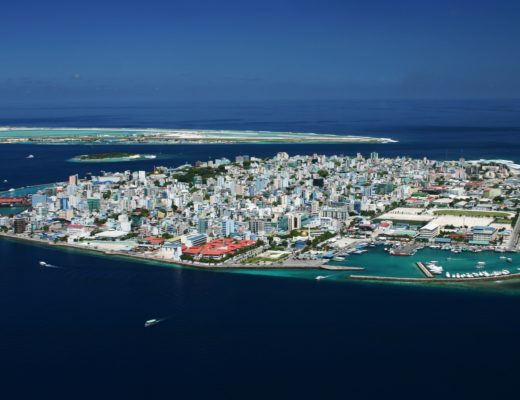
No Comments